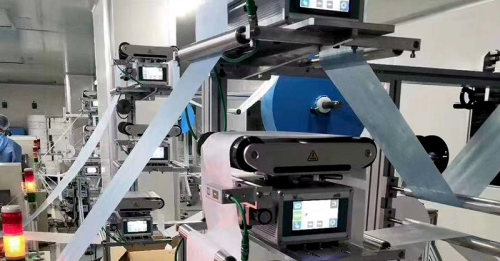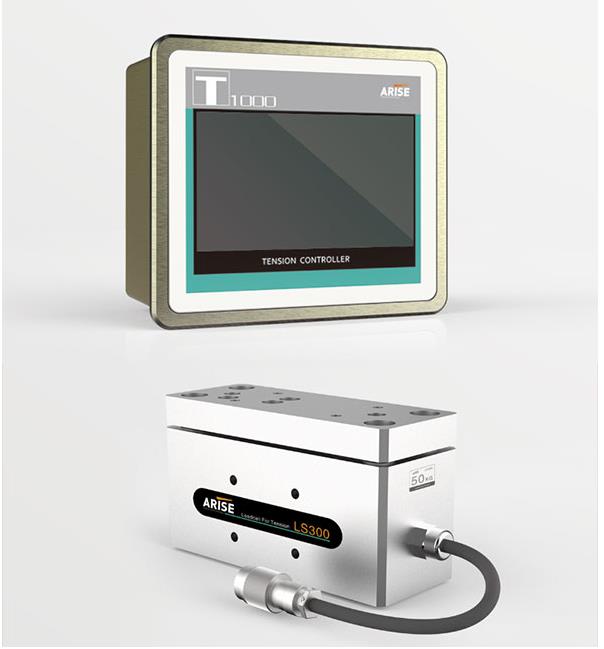Producing nonwoven fabric is a complex undertaking that demands precision and unwavering consistency. Central to achieving the desired quality and efficiency in nonwoven production is the implementation of effective web tension control. Web tension controllers play a vital role in maintaining optimal material tension throughout the production process. In this article, we will explore the significance of web tension controllers in the nonwoven manufacturing process

Key Roles and Significance of Web Tension Controllers in Nonwoven Production Process
Web Formation and Fiber Laying
At the onset of nonwoven manufacturing, the creation of a loose web of fibers sets the stage. Continuous fiber deposition onto a conveyor belt or a revolving drum is the initial step. To ensure a uniform web, web tension controllers prove indispensable.
Tension Regulation: Web tension controllers facilitate the regulation of conveyor belt or drum speed, ensuring a consistent laydown of fibers. This controlled strain prevents overstretching or drooping, guaranteeing an even web formation.
Web Bonding and Consolidation
Following web generation, the fibers undergo a bonding process to consolidate and form a cohesive fabric. Techniques like needle punching, thermal bonding, or chemical bonding are employed, making proper web tension control crucial.
Uniform Bonding: Consistent web tension ensures uniform bonding of fibers during the bonding process, be it through mechanical needles, heat, or chemicals. This uniformity is essential for the overall quality and strength of the fabric.
Preventing Breaks: Web tension control helps prevent material disturbances or breaks during bonding, averting disruptions to the process and safeguarding the fabric's integrity.
Web Finishing and Additional Processes
Post-bonding, nonwoven fabrics undergo treatments such as calendering, drying, coating, or other finishing procedures. Web tension control remains pivotal during these stages.
Quality Enhancement: Web tension controllers ensure even processing of the fabric at the correct tension during finishing processes, elevating the quality of the final product with consistent characteristics.
Preventing Defects: Proper tension control helps prevent defects like wrinkles, creases, or uneven coating during finishing, reducing waste and enhancing production efficiency.

Advantages of Web Tension Controllers in Nonwoven Production Process
Quality Control
Maintaining consistent web tension is crucial for producing high-quality nonwoven materials, ensuring uniform qualities like thickness and strength along the entire length.
Efficiency
Web tension controllers prevent material waste due to wrinkles, creases, or flaws, leading to more effective manufacturing processes and cost savings.
Reduced Downtime
Effective web tension control minimizes the risk of breaks or tears, reducing downtime for repairs and adjustments.
Product Variety
Web tension controllers allow for easy adjustments to accommodate different materials and production requirements, enabling the production of a range of nonwoven products.
Safety
Consistent tension control enhances workplace safety by minimizing the risk of accidents caused by sudden material movements or breaks.
Conclusion
In nonwoven manufacturing processes, tension control is paramount. Web tension controllers emerge as critical elements, ensuring the quality, efficiency, and safety of nonwoven fabric production. As the demand for nonwoven items continues to rise across various industries, the role of web tension controllers becomes increasingly pivotal in meeting these demands while upholding high-quality standards.